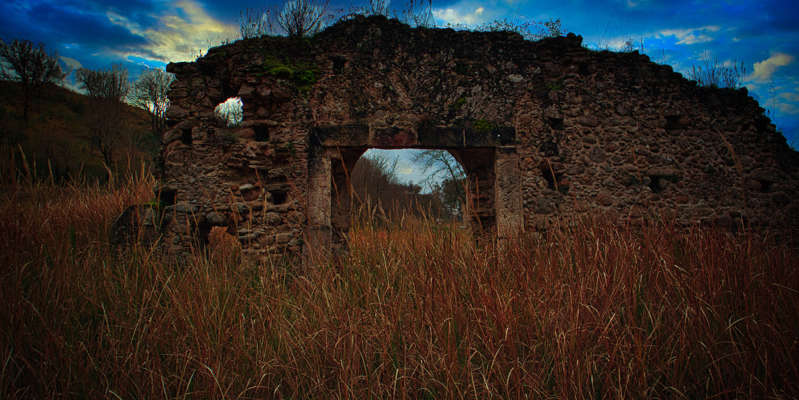
The “lost” monastery of the medieval queen was found in England
Archaeologists, exploring the vicinity of the Church of the Holy Trinity in Cookham, Berkshire (England), discovered the remains of a structure that dates back to the 8th century AD. According to researchers, this could be the “lost” monastery of Queen Sinetrit. Its exact location has long been considered unknown, according to BBC News.
The find will allow a better study of the history of one of the most prominent women of the early Middle Ages. Sinetrit, who died in 798, was the only known Anglo-Saxon queen to have her face engraved on a coin.
Very little is known about Sinetrit. Written sources say that she was the wife of the king of Offa, who ruled Mercia – one of the largest Anglo-Saxon kingdoms. After his death, she became the abbess of the monastery. Historians note that the king of the Franks Charlemagne corresponded with the couple and addressed letters not to Offa alone, but to both spouses, which indicated their equal status.
“We are very pleased to find the ruins of the monastery she ruled, which also most likely became her last refuge,” noted British archaeologists.
Scientists have established that during the time of Sinetrit, a whole network of monasteries was founded near the Thames. They were associated with important trade arteries, and Cookham was also of particular strategic importance as it was located on the disputed border between Mercia and Wessex.
Archaeologists noted that the remains of wooden buildings have survived, which could accommodate the inhabitants of the monastery. They also found leftover food, ceramic cooking vessels, an elaborate bronze bracelet, and a pin for a dress.
“The items found will allow us to get a detailed idea of how the monks and nuns who lived here ate, worked and dressed,” the scientists emphasized.
Earlier it was reported that archaeologists have revealed the secret of “Arthur's stone”. This stone monument is several thousand years old.

